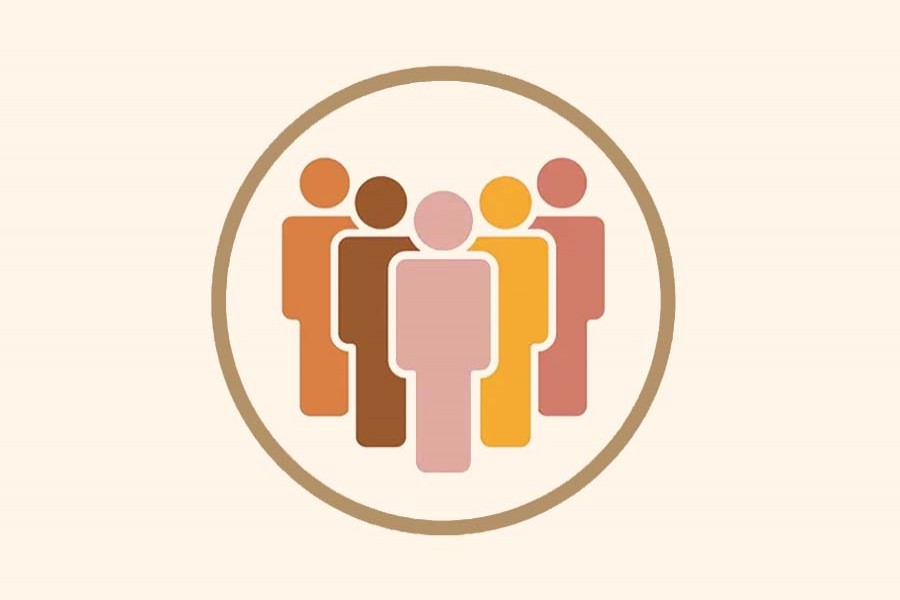Little by little, the extent of the pandemic's real impact on the lives of the people in the low-income bracket of the economy is becoming evident. Though the pandemic control measures have affected the entire population and the economy, the marginalised have been affected disproportionately. For instance, a study conducted in January and early February of this year revealed that 60 per cent of the people working in the informal sector who lost jobs during the pandemic remained jobless for more than three months. To the dismay of those who finally got work after economic recovery, the wages they were offered were much lower than what they got before. So, the workers were faced with the double whammy of loss of income, on the one hand, and, erosion of real income, on the other.
These findings came out during a recently-held conference in the city attended by eminent economists and socio-economic researchers representing some local policy think tanks. But such studies based on small, random samples of the population hardly provide the entire picture of the economy. The real barrier to getting to the bottom of things, some discussants of the conference viewed, is the acute shortage of the quantitative data on the dislocations caused in the economy by the pandemic. The government's relevant organs including the Bangladesh Bureau of Statistics (BBS) should conduct timely surveys to come up with the necessary figures for the benefit of the government itself as well as the private research bodies. Most importantly, availability of the data is crucial to the optimum use of the funds the government released during the pandemic as a lifeline to the underprivileged people.
It goes without saying that the lack of the required data is largely to blame for most of the complaints about non-delivery of the government's cash support for the vulnerable groups. The same is true of the stimulus money, especially meant for the informal sector of the economy. In particular, mention may be made here of the cases where funds channelled through banks either did not reach the small and micro-scale business entities or if those reached at all did so after a long delay. Also, the government's financial support package completely missed out the people in the haor, char and coastal areas. Thus, failing to access the various services extended by the government, a large number of families of those areas had to sell their assets including land, livestock and other belongings and join the ranks of the country's internal migrants. Small wonder that the highest rate of child marriage and school dropouts have also been reported from this segment of the population. As expected, together, these developments have contributed to higher incidence of poverty.
In the circumstances, the government should take urgent measures to support the segment of the population that has fallen below the poverty line. For the purpose, as a first step, arrangements for direct cash transfers to the affected marginalised households should be made. At the same time, investments in the labour-intensive sectors such as building rural physical infrastructures, roads, in particular, should be increased. Needless to say, the measures will help stimulate the rural economy, boost domestic demand and create employment opportunities, especially in the rural context. As a part of this measure, the government at this point, may well think of rolling out a second stimulus package with an emphasis on the marginalised population as well as the informal sector of the economy.


